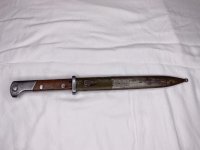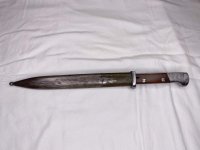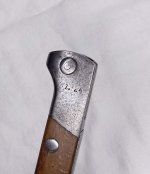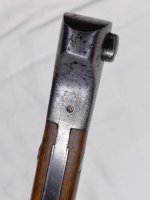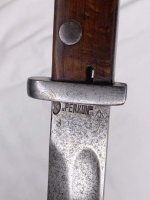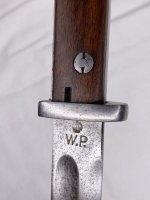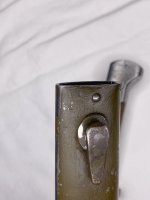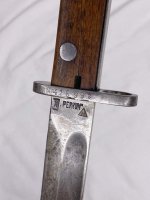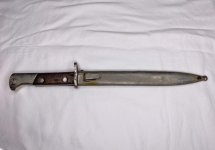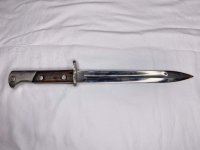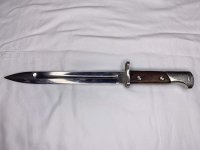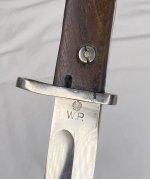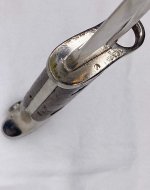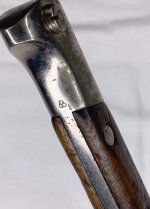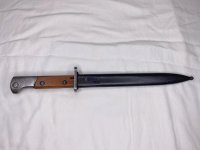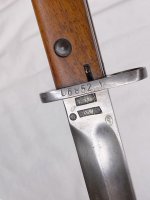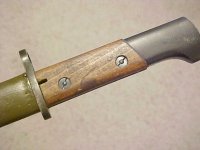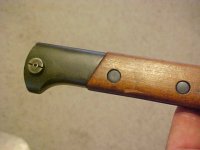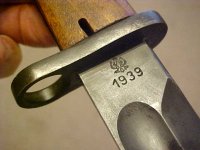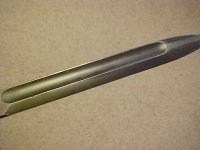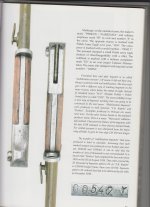krukster86
Well-known member
I figured I would share my Polish bayonet collection here, as some folks elsewhere have pointed out that I have one or two rarities that may be of interest for reference purposes. I left out my foreign bayonets that were either captured/issued by the Poles (Polish issue Lebel bayonet, designated the Wz.86/93, and Polish captured S98/05, designated as the Wz.98 bayonet).
First one is the Wz.22 bayonet, Poland's first domestically produced bayonet. This is one of the later pattern bayonets made by Zbr. 4 (Zbrojownia No. 4 in Krakow), comes withappropriate frog and scabbard a WWI Austrian scabbard (OEWG marked) and possibly a German frog. Earlier versions had the Zbr.4 and serial number flipped upside down. These were criticized for having weak blades that were prone to snapping during bayonet exercises due to the thin blades. These bayonets were designed to be fitted to the Wz.98 long rifles, the first domestically produced Mauser rifle in Poland, which was essentially a copy of the Gewehr 98, retaining the rollercoaster sights.






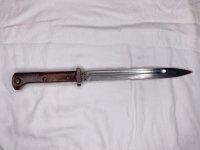
First one is the Wz.22 bayonet, Poland's first domestically produced bayonet. This is one of the later pattern bayonets made by Zbr. 4 (Zbrojownia No. 4 in Krakow), comes with







Last edited:


